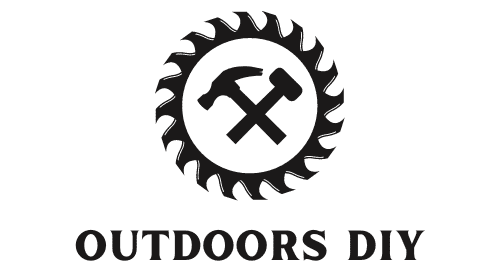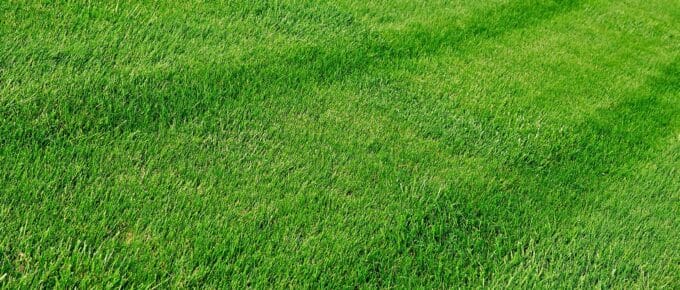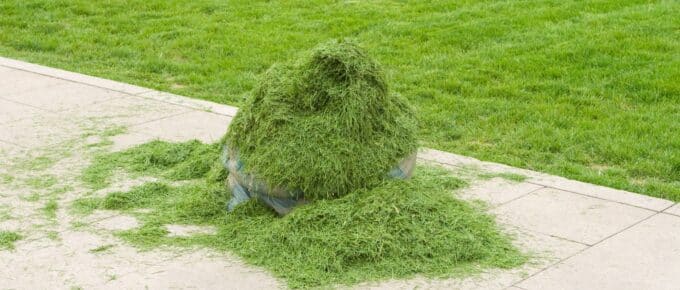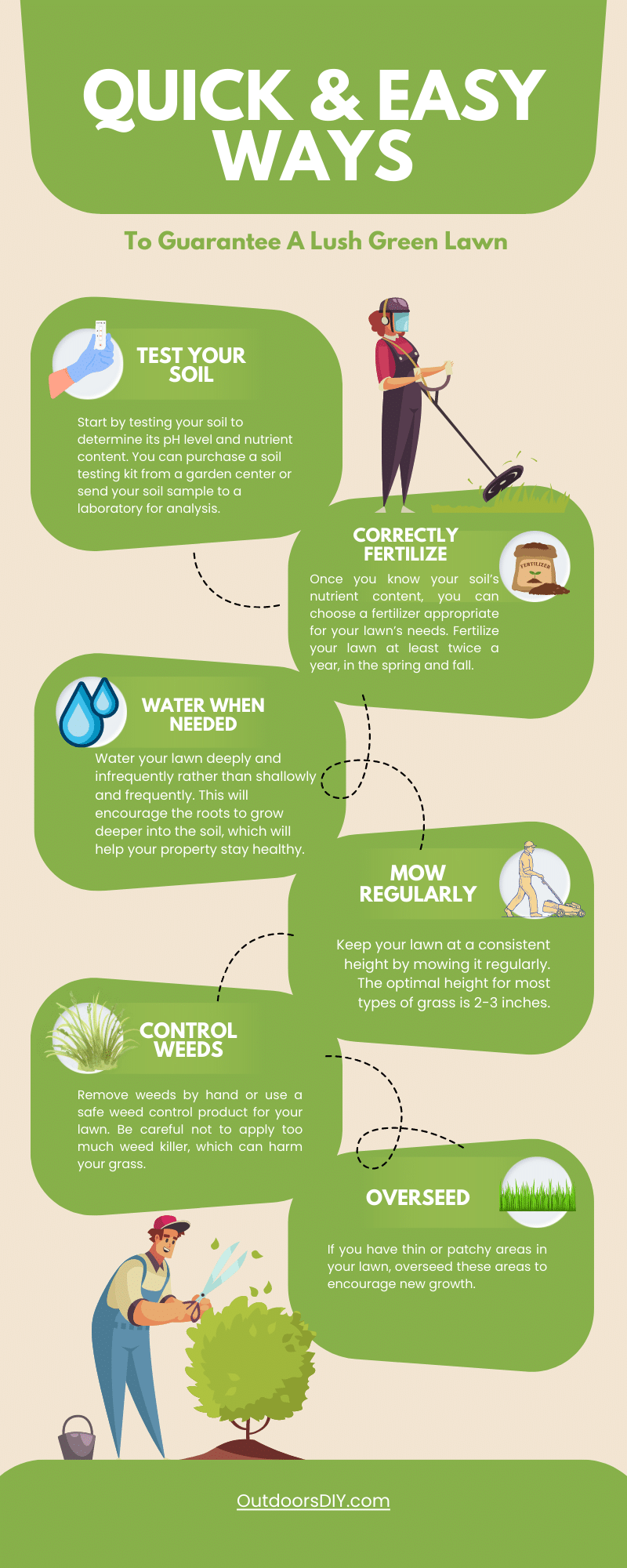Keeping your lawn healthy and lush doesn’t have to be complicated.
You can maintain a beautiful green lawn all season long with the proper routine and a few yearly treatments. Find the ideal number of treatments for keeping your grass looking its best.
Test Your Soil: Different soils need different fertilizer treatments, so it’s essential to know the soil in your yard.
Test your soil to determine what kind of fertilizer treatments you’ll need.
You can get a soil test kit from most garden centers, which will tell you your soil’s pH and nutrient levels.
Knowing this information will give you an idea of the frequency and type of fertilizer necessary for different areas of your yard.
How Many Lawn Treatments do I Need?
The number of lawn treatments you need depends on various factors, such as the type of grass you have, the climate in your region, and the condition of your lawn. Typically, most properties require around 4-6 treatments per year to maintain their health and beauty. However, this can vary depending on the factors mentioned above.
In general, lawn treatments include fertilization, weed control, insect control, and disease prevention. Fertilization is usually done 2-4 times a year, depending on your grass type and your lawn’s specific needs. Weed control may also require multiple treatments, especially if you have a lot of weeds on your property. Insect control and disease prevention may not be necessary for all lawns, but they can be essential for maintaining the health of your grass.
It’s essential to consult with a professional lawn care service or a horticulturist to determine the specific needs of your lawn and how many treatments it requires. They can assess the condition of your property, identify any problems, and recommend a treatment plan that will keep your lawn healthy and beautiful.
Do it Yourself Lawn Care Program.
If you want to do your lawn care program, there are several steps you can take to maintain a healthy and beautiful lawn:
- Test your soil: Start by testing your soil to determine its pH level and nutrient content. You can purchase a soil testing kit from a garden center or send your soil sample to a laboratory for analysis.
- Fertilize: Once you know your soil’s nutrient content, you can choose a fertilizer appropriate for your lawn’s needs. Fertilize your lawn at least twice a year, in the spring and fall, and follow the instructions on the fertilizer package.
- Water: Water your lawn deeply and infrequently rather than shallowly and frequently. This will encourage the roots to grow deeper into the soil, which will help your property stay healthy during periods of drought.
- Mow: Keep your lawn at a consistent height by mowing it regularly. The optimal height for most types of grass is 2-3 inches.
- Weed control: Remove weeds by hand or use a safe weed control product for your lawn. Be careful not to apply too much weed killer, which can harm your grass.
- Pest control: Watch for pests like grubs, chinch bugs, and armyworms. If you notice an infestation, use a safe pest control product for your lawn.
- Aerate: Aerate your lawn annually to promote healthy root growth and improve water and nutrient absorption.
- Overseed: If you have thin or patchy areas in your lawn, overseed these areas to encourage new growth.
It’s important to note that the specific needs of your lawn will vary depending on the type of grass you have and the climate in your region.
Consider consulting with a horticulturist or lawn care professional for guidance on developing a do-it-yourself lawn care program tailored to your lawn’s needs.
Yearly Lawn Maintenance Schedule
Here is a yearly lawn maintenance schedule to help you keep your lawn healthy and beautiful throughout the year:
Spring:
- Test soil and apply appropriate fertilizer
- Aerate the lawn
- Apply pre-emergent weed control
- Begin mowing regularly
Summer:
- Water lawn deeply once or twice a week
- Check for pests and treat them as necessary
- Continue mowing regularly
- Consider adding drought-resistant plants or grasses to your lawn
Fall:
- Test soil and apply appropriate fertilizer
- Remove leaves and debris from the lawn
- Overseed thin or patchy areas
- Apply post-emergent weed control
Winter:
- Remove any snow or ice from the lawn to prevent damage
- Avoid walking on the property if it is frozen
- Consider using a winterizing fertilizer to help prepare the lawn for the spring.
It’s important to note that the specific needs of your lawn will vary depending on the type of grass you have and the climate in your region. Consider consulting with a horticulturist or lawn care professional for guidance on developing a yearly lawn maintenance schedule tailored to your lawn’s needs.
Lawn Maintenance Schedule App
Several lawn maintenance schedule apps are available for Android and iOS devices to help you track your lawn care tasks and schedule. Some popular options include:
- LawnStarter: This app allows you to schedule lawn care services and reminders and provides recommendations for fertilization and pest control based on location.
- GreenPal: This app connects you with local lawn care professionals, providing scheduling and payment features.
- Scotts My Lawn: Developed by the famous lawn care brand Scotts, this app provides customized lawn care plans based on your location and lawn type.
- iScape: While not specifically a lawn maintenance app, iScape allows you to visualize your lawn and landscaping projects and provides recommendations for plants and design features.
- Yardbook: This app allows you to schedule lawn care services, track expenses, and manage customer accounts if you run a lawn care business.
These apps can help simplify your lawn care routine and ensure you stay on top of essential tasks throughout the year.
Consider Weeds and Grasses
Different weed and grass types will require different types of treatment.
For instance, warm-season grasses such as Bermuda, zoysia, and St. Augustine are best suited to fertilizers higher in nitrogen during the spring. In contrast, cool-season grasses like ryegrass and fescue need more phosphorus-heavy fertilizer in the fall.
Weeds must also be treated differently based on their type; some may require additional pre-treatment with a herbicide before applying fertilizer.
Considering these factors is essential for ensuring a healthy lawn all year.
Tidiness Matters
Debris, such as leaves, sticks, and grass clippings, can damage your lawn and make regular fertilization treatments less effective.
Too much debris on the ground can starve the soil of oxygen and lead to symptoms like yellowing patches or irregular growth.
Multiple treatments may be required to clear away any debris build-up to keep your lawn healthy throughout the year, allowing fertilizers to penetrate and nourish your soils deeply.
Climate Factors
Depending on where you live, the climate can significantly affect how many treatments your lawn needs during different times of the year.
If you live in an area with a mild climate overall, then it is likely that you can get away with just one fertilizer treatment per year.
However, if you are in an area with hot summers and cold winters, more frequent applications may be necessary to protect your lawn from harsh weather conditions and promote healthy growth.
Additionally, depending on the type of grass you have at home and its soil composition, the number of treatments could vary anywhere between two to six times a year.
Prevention is Key
Regular maintenance, such as mowing and trimming, can help prevent the need for additional treatments during the summer months.
Regularly mowing and trimming your grass can help increase its overall health by limiting the spread of weeds, ensuring adequate aeration, and helping to control water runoff.
This will also reduce the need for more treatments during the summer months since keeping your lawn well-maintained will prevent it from becoming too dry or too wet.
Plus, regular maintenance takes less time than applying more treatments each season!




